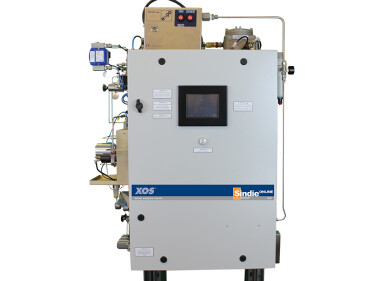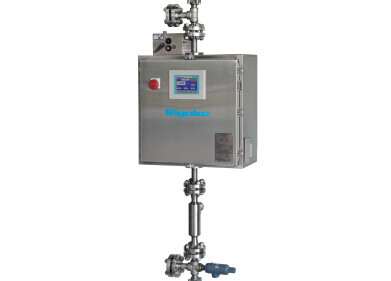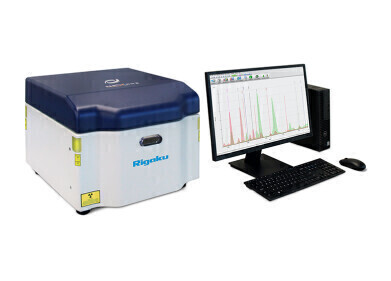Sulphur analysis
What Are the Limits for Sulphur in Fuel?
Nov 18 2021
While sulphur is a naturally occurring chemical element, when burned it reacts with atmospheric oxygen to produce sulphur dioxide (SO2). Classed as a major atmospheric pollutant and a catalytic poison, sulphur dioxide can affect air quality, compromise the efficiency of emission control systems in engines and contribute to acid rain.
For humans, direct and ongoing exposure to sulphur dioxide can lead to illnesses such as bronchitis and asthma. Furthermore, SO2 can combine with ammonia and nitrogen oxides to create fine particulate matter that infiltrates and irritates the airways. The health dangers of SO2 are well-documented, with sulphur dioxide emissions released by coal burning contributing to thousands of deaths during the smog that plagued London in 1952.
Keeping sulphur emissions in check
With so much at stake, governments around the world have been forced to introduce strict limits on sulphur concentrations in fuel. For example, in 2010 the British Standard BS 2869 for gas oil was revised to 10mg of sulphur per kg of fuel (10 ppm). Also known as red diesel, gas oil is used to power off-road equipment such as trains, tractors and bobcats and is a major contributor to SO2 emissions in the UK.
In January 2011, a European Fuel Quality Directive was introduced and placed the same 10mg of sulphur per kg of fuel for gas oil machinery. This equates to a percentage of just 0.001%. Limits are also enforced for standard diesel and gasoline used to power everyday vehicles, with the European Union 2009/30/EC directive limiting concentrations to 10 ppm. In the United States, the government caps sulphur content at less than 15 ppm.
Maritime industry targets SO2 emissions
Road transport isn’t the only contributor to sulphur emissions, with the maritime industry a key offender. In January 2020, the International Maritime Organisation took steps to slash SO2 emissions and placed a sulphur cap of 0.5% m/m on all fuels used outside emission control areas. In other more environmentally sensitive regions, lower limits of 0.1% m/m were introduced. This prompted big changes for the maritime fuel sector, with energy giants such as Shell and BP developing new fuels that meet IMO requirements.
Purpose-built instruments play an important role in analysing hydrocarbon products and determining total sulphur concentrations. Writing on behalf of TE Instruments, energy expert Sebastian Sanchez introduces the latest model analyser technology used to profile hydrocarbon products with boiling points of between 25 and 520 °C in ‘Total Sulfur and Total Nitrogen analysis – Horizontal versus Vertical furnace arrangement’.
To find out more about sulphur, including more information on limits in the UK and around the world, don't miss 'A Complete Guide to Sulphur in Fuel'.
Digital Edition
PIN 25.6 Buyers' Guide
January 2025
Buyers' Guide Directory - Product Listings by Category - Suppliers Listings (A-Z) Articles Analytical Instrumentation - ASTM D7042: The Quantum Leap in Viscosity Testing Technology -...
View all digital editions
Events
Jan 22 2025 Tokyo, Japan
Jan 25 2025 San Diego, CA, USA
SPE Hydraulic Fracturing Technology Conference and Exhibition
Feb 04 2025 The Woodlands, TX, USA
Feb 05 2025 Guangzhou, China
Trinidad and Tobago Energy Conference 2025
Feb 10 2025 Point Lisas, Trinidad


















